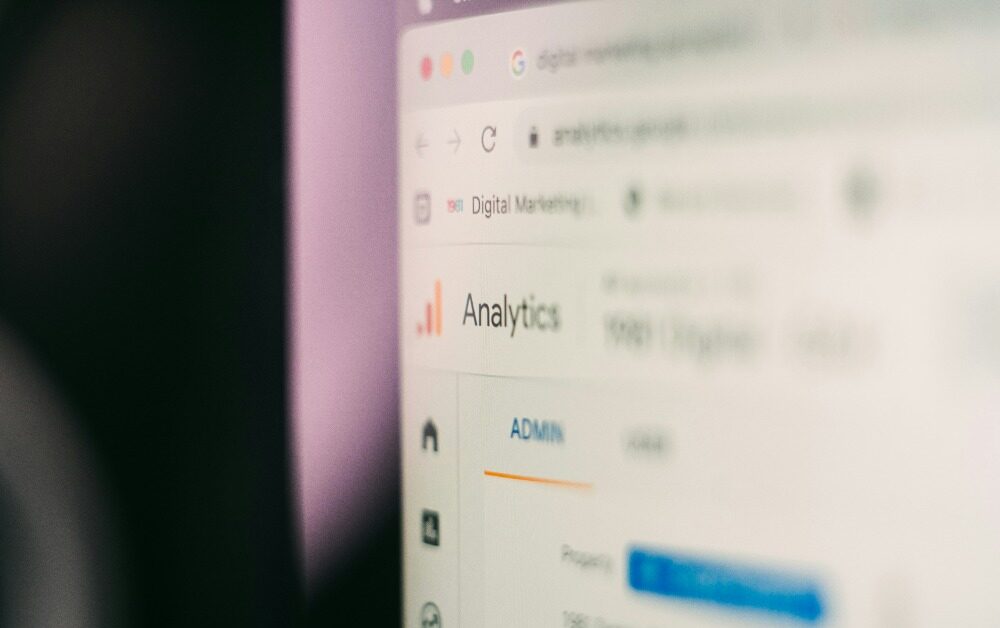New tech isn’t the only tech. AI, embedded shopping experiences, private messaging channels, and other tech advances may be flashy, but that doesn’t negate the necessity of a website traffic checker. In fact, the constant stream of new tech capabilities makes the classic website traffic checkers more vital than ever.
Why? Marketers can use them to keep things simple and reliable, thereby avoiding distractions from multichannel attribution and dark social shares. As a result, it gives a clear, less cluttered picture of brand visibility, changes in user behavior, and even how competitive a company is in the larger market.
If It’s Not Broke, Don’t Change It
It wasn’t that long ago that website traffic was branded as a “vanity metric.” The argument claimed that these numbers provided little more strategic value than a simple headcount. Sure, engagement time and bounce rate are useful tools in their own right regarding user intent, but neither exists in a vacuum. They’re all essentially useless without website traffic data. As a result, the new, shinier methods cause significant blind spots.
Naturally, the amount of time someone spends on a site lends insight into micro-level performance. However, website traffic gives a more well-rounded view of stats. Website traffic is the ice cream, and everything else is the toppings.
Is a website gaining traction? Is the competition making waves? Website traffic gives the most straightforward and important answers to those questions, while other tools may lend some specific insights. However, if you want high-level insight into any given market, a website traffic checker is the place to start—and that hasn’t changed.
The Attribution Struggle
Given the number of avenues consumers have to both notice and purchase products and services, it can be difficult to tell which method worked to get that final sale. It could be a TikTok video, an Instagram ad, an online review, a direct search, or even a message from a friend that said, “Omg, buy this!”
Many of these steps come from messaging apps or platform-native content, which makes it challenging to uncover the source. Yet traffic data can be the answer brands need to help fill in these blanks to provide visibility that other metrics just can’t capture, the full scope of metrics. Traffic data can point out success before sales even happen.
Whether it’s an uptick in website/profile views after an influencer posted about the company or clicks after an ad campaign, those early metrics are vital. Even if a purchase happens days later, those early numbers help quantify a success before the final payoff.
It’s not just essential to track your own metrics, either. Using website traffic checkers like Similar Web can help companies notice suggestions in competitors’ websites that signify a new campaign, product, or media and influencer coverage. Knowing those details as soon as possible is the best way to stay at the top of your game.
How Does Zero-Click Content Factor In?
So, what exactly is zero-click content? Exactly what it says. Tracking clicked content may seem less relevant when people use search engines, AI Summaries, or platform-native tools. Though some experts believe it lessens the need for website traffic data, those numbers are still relevant.
Does your content still pull users to your owned channels? Is your site a trusted source of information/products? Tools that break down visitor sources can inform strategies and avoid falling behind the competition.
Between marketers, analysts, business leaders, and other professionals, the constant progression of tech is precisely why website traffic checkers are helpful today. The level of visibility they provide is an informed, well-rounded picture of a company’s success that other tools don’t offer.





